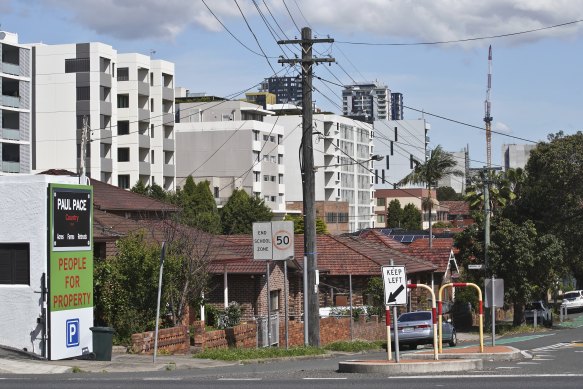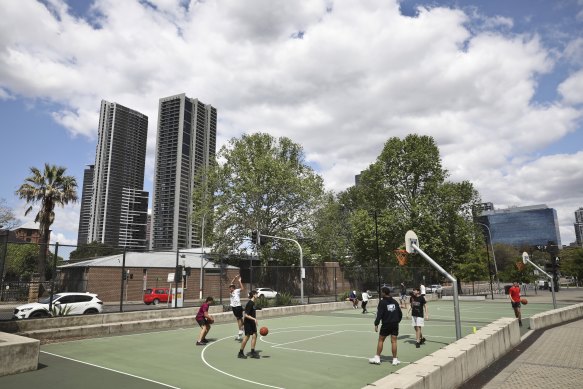
But in Brisbane, where property prices have been rising strongly, only 0.9 per cent of sales were struck at a loss.
Profitability varied widely by LGA. In the apartment-dense City of Melbourne, 39 per cent of properties sold traded at a loss in the three months to June, while Stonnington hit 25.8 per cent and Port Phillip 21.6 per cent after years of new development - often designed for investors - that has exceeded demand from buyers.

Burwood home sellers risked losing money.Credit: Ben Rushton
Owen noted Melbourne home values have been declining for six months in a row.
“It’s fair to say the downturn there is becoming more entrenched, and it’s been compounded by a spring selling season where a lot of people are looking to sell,” she said.
“This is a really good example of where the market is going to be tested in terms of how much people can shell out to make homes as profitable for sellers as they were during the spring of 2021.”
Loading
In Sydney, Parramatta recorded the most loss-making sales at 25.9 per cent, followed by Ryde (21.5 per cent) and Strathfield (19.2 per cent).
Owen said profitability ticked higher in Sydney overall but the pockets of weakness tended to be higher density urban areas.
She said the median hold period for loss-making sales in Parramatta was eight years, so sellers may have bought in the off-the-plan apartment boom in the mid-2010s.
The research also pointed to a decline in fast flips. More owners had recently been selling properties they owned for two years or less - possibly due to mortgage costs rising from rock-bottom levels - but the share of two-year flippers dipped to 7 per cent in June, down from 8.5 per cent a year earlier.
Flips within two to four years are now on the rise.

Some high-density areas have more supply of housing than demand.Credit: Ben Rushton
There has been a mixed picture for owners who bought into tree-change destinations when fully remote working was normal and interest rates were low.
In Ballarat, which had the highest rate of loss-making sales among the lifestyle regions analysed in the report, 6.5 per cent of sellers made a loss. Their median hold period was just two years and four months.
The Richmond-Tweed shire in northern NSW hit 4.9 per cent loss-making sales, at a median hold period of almost three years.
Owen said the housing affordability challenge will eventually affect profitability for sellers.
“It’s a really hard message to stomach where affordability has deteriorated but sellers are getting record profits,” she said.
“Having this view of the housing market as one that is meant to deliver wealth and profit is counter to improved affordability.”
PRD chief economist Diaswati Mardiasmo said more apartment developments increased the supply of homes relative to the demand, putting downward pressure on growth.
Although more housing supply had slightly improved housing affordability, she warned that home borrowers would still need to commit to large mortgages.
If a home owner chose to buy a property that the vendor sold at a loss, perhaps they might save somewhere from $20,000, but they would still need a large mortgage – a point of some confusion.
“It will help with housing affordability, but it’s about managing expectations. It’s not suddenly going to slash the mortgage you’re taking on by half,” she said.









 Add Category
Add Category